WASHINGTON -- Businesses added 166,000 jobs in January, the U.S. Labor Department announced Friday, while the government eliminated 9,000. The twin trends have been a signature of the past three years of economic recovery.
For some state workforce agency staffers, the overall improvement is bad news. With fewer people claiming unemployment insurance benefits, state unemployment agencies will need fewer workers to process the claims, meaning hundreds of workers will lose their jobs.
It happened in Arizona last week, when the state Department of Economic Security laid off 29 call-center staffers thanks to a decline in federal funding associated with a drop in unemployment claims.
"At this point, we have utilized all available funds to maintain customer service levels, but due to the decline in federal funding, we will need to make staff reductions and program changes this year," Jim Apperson, assistance director of the department's Division of Employment and Rehabilitation Services, said in a statement.
Similar layoffs have occurred in California, Michigan and Rhode Island. And the National Association of State Workforce Agencies says it's going to keep happening.
Of the 40 states that responded to the association's December survey, 22 said they planned to cut staffing levels this year. The total reduction at those agencies will amount to the equivalent of 1,255 fewer full-time jobs, according to the survey. Most states said laid-off workers would have to wait longer for services as a result.
It's a ironic twist to the familiar story of government layoffs. Federal, state and local governments employed 719,000 fewer workers last month compared with the same time in 2009.
"There's an added element of perversion with the cuts to unemployment staff -- we still have more than 12 million people unemployed," Christine Owens, director of the National Employment Law Project, said in an interview. "There's just a serious need for unemployment agencies to be providing unemployment and reemployment services."
One reason fewer people are claiming unemployment insurance is that the federal government is offering fewer weeks' worth of benefits. Congress last year cut the maximum duration of unemployment insurance from 99 weeks to 73, a total available today in only nine states. The number of people on unemployment has been declining faster than the overall number of unemployed.
Another reason fewer people are receiving benefits is that the proportion of the unemployed population comprised of laid-off workers has declined, meaning fewer people are eligible. In January of 2012, 57 percent of the unemployed had been laid off, while the rest had recently entered or re-entered the workforce or voluntarily quit their jobs. Last month, 53.4 percent of the unemployed had been laid off.
HuffPost readers: Economy screwing you over? Tell us about it -- email arthur@huffingtonpost.com. Please include your phone number if you're willing to be interviewed.
